Aggressive bone tumors and prostheses
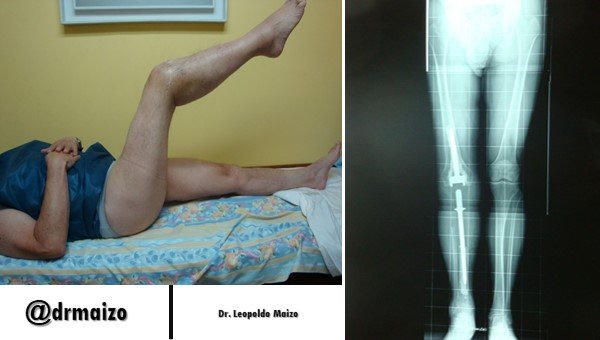
Aggressive Bone Tumor
The distal part of the femur and the proximal part of the tibia are the most frequent locations of primary malignant bone tumors, especially adolescent osteosarcoma.
The total knee prosthesis is the reference technique when the tumor is aggressive, extracompartmental and extends to the epiphysis. A constrained total prosthesis is used, preferably a "forced fit", cemented, with long centromedullary stems that rest on the isthmus of the healthy side. The joint is a hinge with or without rotation. When the affectation is femoral without joint invasion, if a subtotal excision of the quadriceps is made, special care must be taken in the reconstruction of the extensor apparatus by means of transfer of the hamstrings.

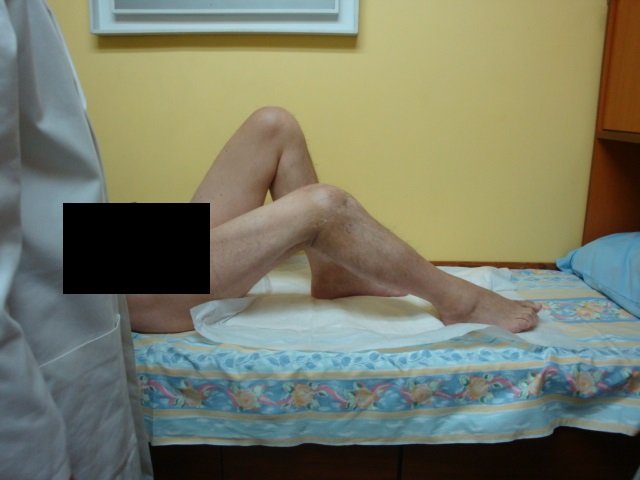
Surgery, the best option
The surgery is usually carried out through the anteromedial route, which allows the vasculonervous package to be controlled first. In the case of tibia tumors, special attention must be paid to the soft tissues, both for the covering of the prosthesis in front (made with a flap of the medial gastrocnemius) and for the movement of the extensor apparatus. If part of the patellar ligament can be preserved, the biceps tendon is sutured after a double transfer of the osteotomized fibula and the medial gastrocnemius. If the patellar ligament is completely removed, a combined composite prosthesis (with an allograft) is used (the allograft is bone and tendon), which allows the patient's extensor apparatus to be reinserted into the extensor apparatus of the allograft. If the joint is invaded, it must be removed and reconstructed with a total prosthesis composed of allograft from the extensor apparatus. After almost two decades of follow-up of these reconstruction prostheses, their longevity and the quality of their functional results can be confirmed after the reconstruction of the extensor apparatus and, therefore, this treatment can be recommended even in young and active people. If the epiphysis and joint (chondrosarcomas, osteosarcomas limited to metaphysis) have been preserved, biological reconstruction is recommended.

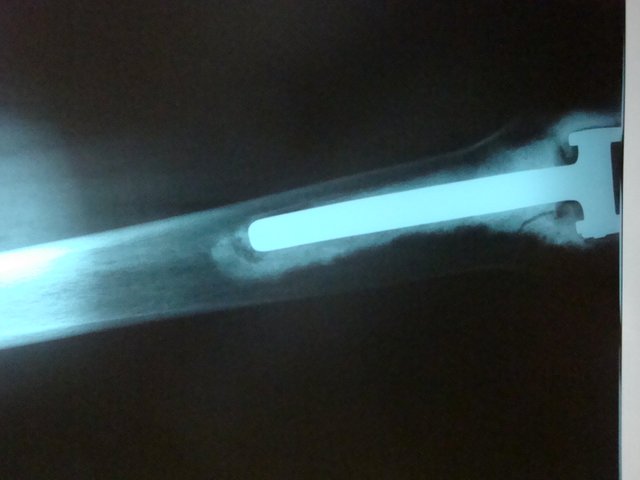
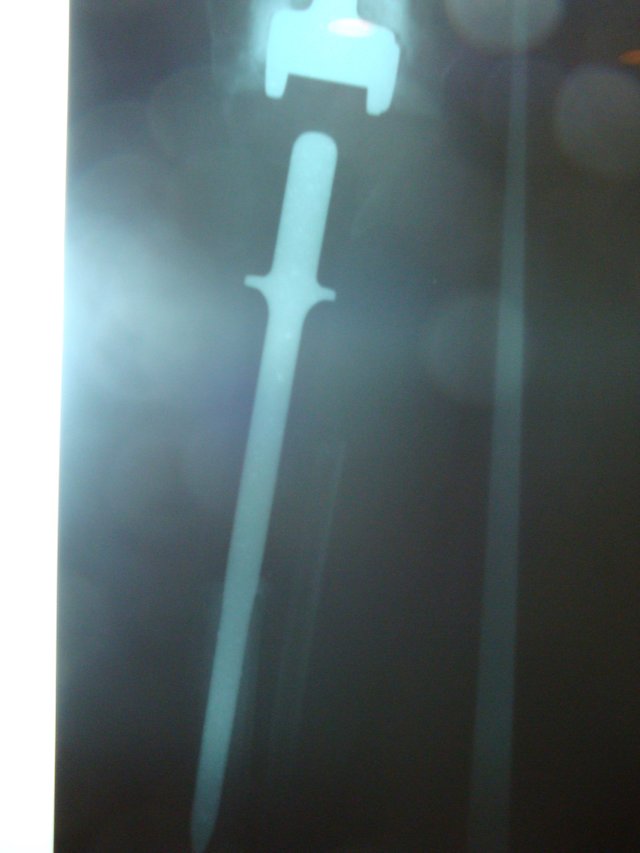
Results
In femoral tumors, reconstruction is done with a vascularized fibula that is placed in the medial part, with a complementary lateral allograft. Osteosynthesis is done with a plate. In tibial tumors, an allograft maintained with a bolted nail is an effective solution. At present, arthrodesis is restricted to rare cases such as patients with high sports activity or demanding jobs or if there is a risk of significant infection; they are performed with the help of an inverted vascularized fibula. The current therapeutic guidelines are characterised by the reduction of arthrodesis and by the use of prostheses that have demonstrated their longevity and functionality. The recommendation of biological therapies rests on their longevity, as long as they are compatible with a satisfactory oncological removal. This exeresis and reconstruction surgery provides good oncological results, although at the cost of complex interventions that involve frequent substitutions. Only teams familiar with replacement prostheses and the practice of flaps and experts in vascularized bone transfers should make it.
Dr. Leopoldo Maizo - Orthopedic Surgeon

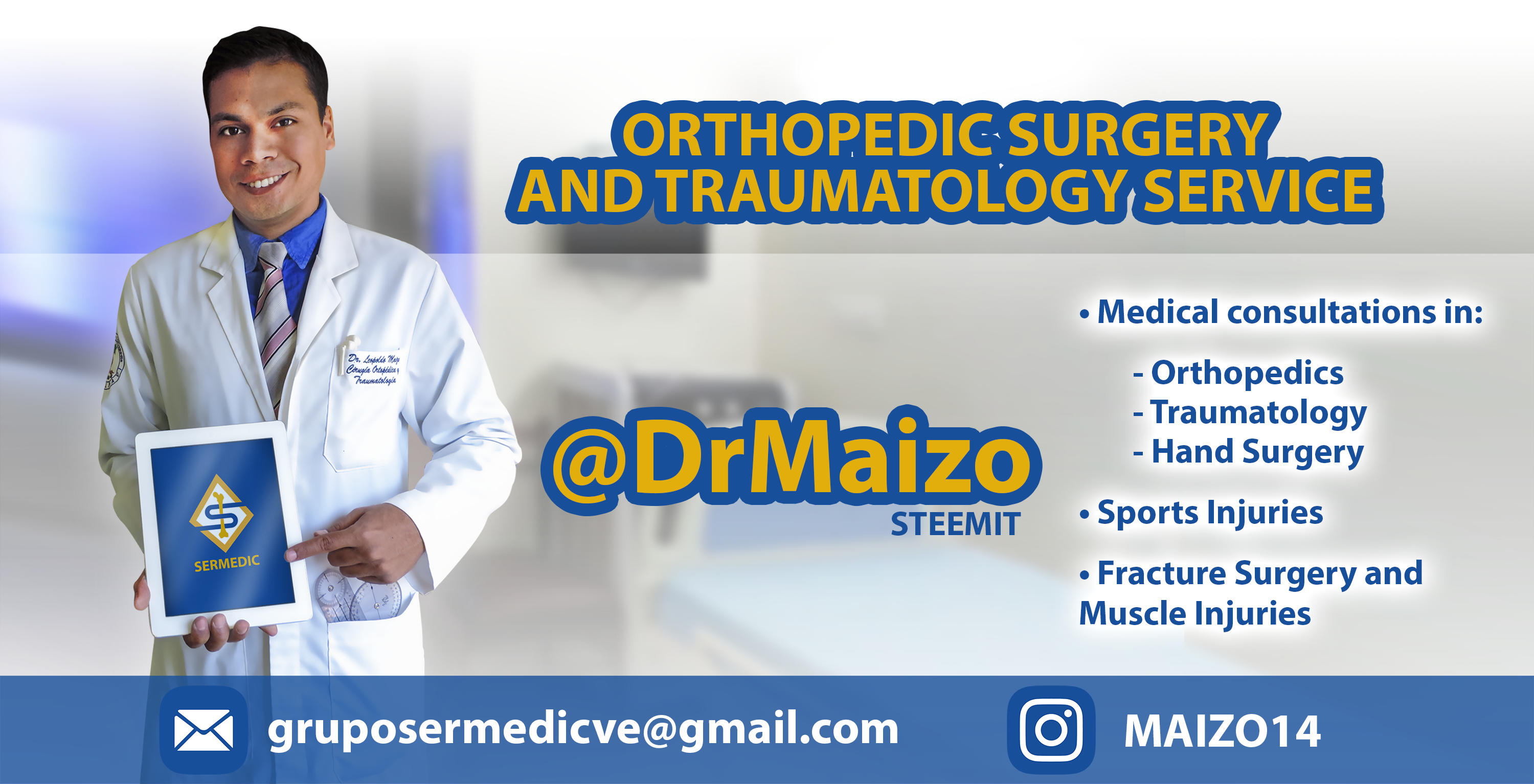
Firma diseñada por @themonkeyzuelans, contáctalos vía Discord "themonkeyzuelans#9087"
Great projects from the Steemit community:
- My Fundition campaign: https://fundition.io/#!/@drmaizo/6f88ggj8h



.png)